One day in 1930 three ladies were walking back to their homes in Nether Heyford. They had been attending the monthly meeting of the Women’s Institute in Bugbrooke, where they had been members for three years. They were Mrs J.O. dams, mother of Mr Hugh Adams, Mrs Punch, and Mrs George. As they walked along the quiet lane they discussed the formation of a W.I. in Nether Heyford, and Mrs Adams volunteered to see the County Secretary at W.I. House in Northampton. When the required ten ladies had been gathered together, the foundation papers were signed – with nervously shaking hands – in November 1930.
The Programme from 1938
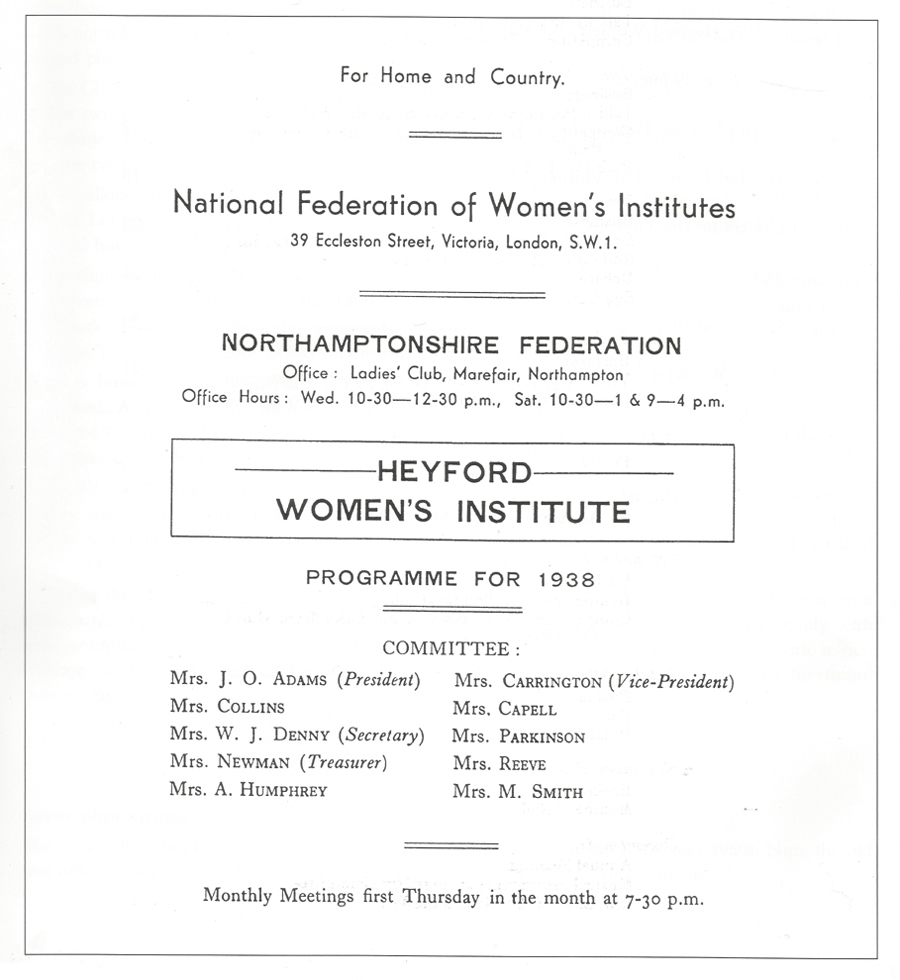
 The early years
The early years
Mrs Adams was the first President and Mrs George the Secretary. Their meetings were held in the school where Mrs Carrington, the Headmaster’s Wife, supplied the hot water to make the tea. Cups and saucers were loaned by the Baptist Chapel, carried over in a clothes basket and then washed up before their return. The activities were varied, speakers on subjects of interest to countrywomen, competitions of all kinds, and classes on old-time dancing and keep fit. Subscriptions were 2/6d which though seeming a small amount, was about on a par with those paid today.
A link was formed with a W.l. in Queensland, Australia, and members found much interest in exchanging news and views with an organisation on the other side of the world. During the War, parcels were gratefully received by members, in particular those containing soap, which was in very short supply. Another link nearer home, and in more recent days, was formed With Delapre Townswomens Guild. This continued for many years into the 1980s, with enjoyable get-togethers and exchange of ideas.
For many years meetings were held in the Baptist Chapel Schoolroom, but quite early on the W.I. had an ambition to have its own hall, so a Building Fund was established and money-raising events of all kinds began, including a garden party at the Manor house, then occupied by Mrs Shiel (Vice-Chairman at the time). The sum of £100 was raised, but the W.l. Hall was not to be and the money was eventually passed on to the committee set up to establish a Village Hall. This was eventually completed in 1960 on ground that had belonged to Mr Adams, With the help of village volunteers from all walks of life.

Wide ranging activities
The activities of the Institute are far—reaching. The subjects of our speakers and demonstrators are extremely varied. “Jam”? Yes, why not? And pickles, cakes, and grub of all kinds. Not to mention handicrafts, art, gardens, games and sport, local and family history, wild life and conservation, public speaking. “Jerusalem”? Well, no, not these days at our local meetings, though it is always sung with gusto at county and national events.
An annual produce show, open to all village residents, started in 1969, still continues in 1999, and creates much interest and fun.
Teams from our W.I. have done well in general knowledge quizzes run by the County Federation. In 1968 Mrs Judy Ward, Mrs Sheila Masters and daughter Hilary were the winners, and in 1994 we triumphed again, this time with Mrs Hyde, Mrs Essery and Mrs Joan Wright joining Mrs Masters.
For many years W.I. members have helped at the Blood Donors Clinic which is set up in the Village Hall twice a year. We serve the donors with the welcome tea and biscuits after they have given their life-saving blood.
Fund raising is a perennial occupation for all village organisations, and the W.I. is no exception. As well as making sure that we cover all our own expenses – speakers, hall fees, etc – these days we concentrate on raising funds for the Village Hall, now our regular and familiar meeting place. Money-making events include antiques evenings, occasional lunches (appropriately called ‘Nosh and Natter’) where senior citizens enjoy good food and good company, concerts (with, of course, nosh) and a stall (selling, of course, home—made nosh) at the annual Village Hall Fete, at which members have been known to dress up in weird and wonderful array — St Trinian’s and the Mad Hatters Tea Party are amongst the more memorable.
In the wider world our members take part in County Federation events. There is a tree planted in our name in Brixworth Country Park. Each year we discuss and vote on resolutions to be brought up at the National General Meetings, the results of which are passed to Governments, so that our W.I. plays an integral, if small, part in bringing subjects of importance to government attention, and action has been taken in many areas from these. Every few years we send a delegate to represent our W.I. and several others, and their reports are heard with great interest.
Canadian origins
All this started, not in England’s green and pleasant land, but in a small Canadian town called Stoney Creek, where a farmer’s wife, Mrs Hoodless, lost a child and realised that this was happening far too often to women of her generation owing to ignorance of simple health and hygiene rules. She made it her life’s work to help educate women so that they could have happy and healthy families. And on 19th February 1897 the first W.I. in the world was inaugurated at Stoney Creek.
The movement came to Britain in 1915 – the first W.I. being formed in Llanfairpwll in Anglesey, and the national Federation was established in 1917. One can scarcely believe that in those days it was difficult to find the 2/- (10p) subscription and to obtain the husband’s permission to attend meetings. However the enthusiasm of those early members surmounted all obstacles, and while the emphasis was on skills for country living, their horizons were immensely widened. I suppose it would be called ‘empowerment’ these days. Women who would have said they ‘couldn’t do anything,’ suddenly found that they could hold a meeting together, speak in public, demonstrate their skills and share their experiences. Many members have increased their skills and developed their talents at Denman College, the W.I.’s own Adult Education College in Oxfordshire. Opened in 1948 and named after Lady Denham, the first National Chairman, it offers courses to members on anything from painting to philosophy, from lace-making to local government, opening to women whole new worlds.

Seventy years and still going strong
Nether Heyford W.I. has passed its Silver, Golden and Diamond jubilees, and our ‘70th’, whatever that is called, comes up in the year 2000. It would take too much time and space to enumerate all the fine personalities who have graced our membership down the years. But we remember with pride some of those who have gone from us. Mrs Adams, the first and longest serving president – twenty-two years non stop. Mrs George, founder member and long time secretary and president. Mrs Nora Humphrey and Mrs Lou Garrett (later Robinson), both stalwart members and both serving as treasurer for many years. Mrs Ellen (Nen) Blaney, enthusiastic and generous-hearted member, Mrs Hilda Chapman, long serving secretary, instigator and for years the organiser of our produce show. Mrs Eve Gothard, County Committee member and enthusiast for our overseas connections. And Mrs Nellie Clements, willing, skillful, tireless committee worker, the kind of member who is the backbone of our movement.
Back in 1897, Canadian women chose for their motto, ‘For home and country’, and despite all the changes and modern improvements that have taken place down the century, it is difficult to think of a phrase that more closely reflects the purpose of the Women’s Institute movement.
Sheila Masters (with the help of Maureen Wright, and other members)
~~
Extract from “The Story of Heyford” – Local book series published in the late 1990’s
Volume 4 of 4 | Chapter 1 of 8 | Pages 2 to 6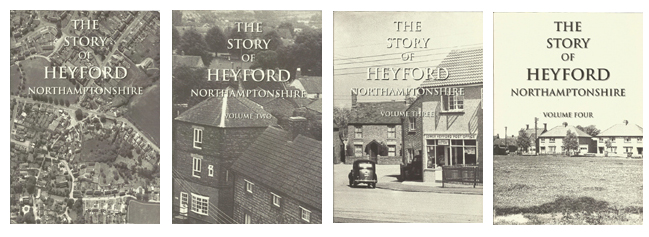
Heyford’s Historical Heritage | How the books were created
Index | Covers
52.219796
-1.033694

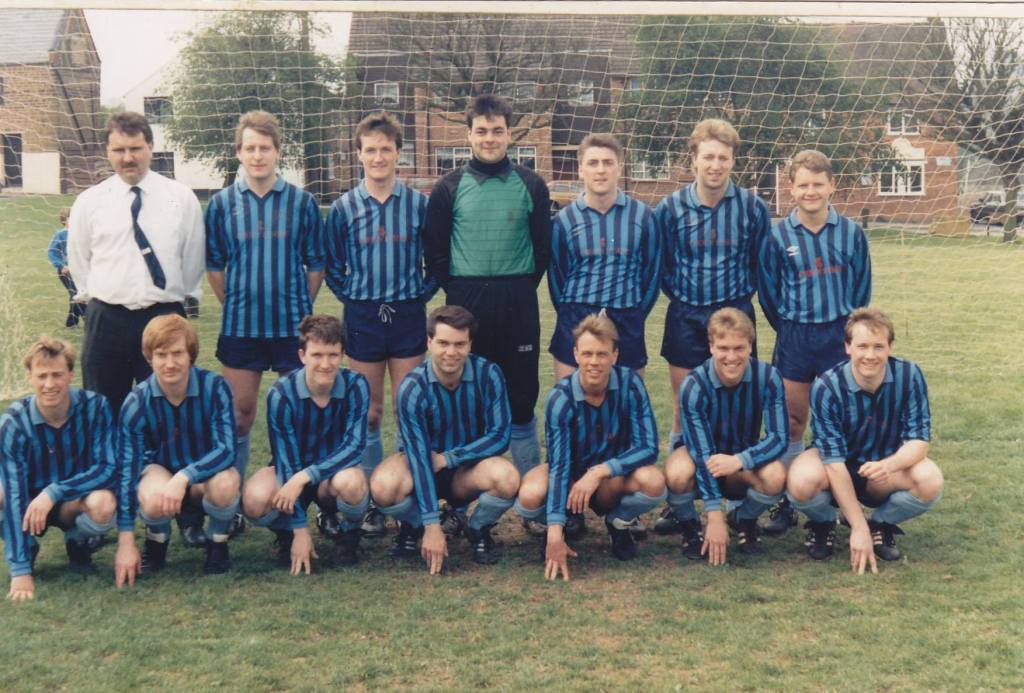
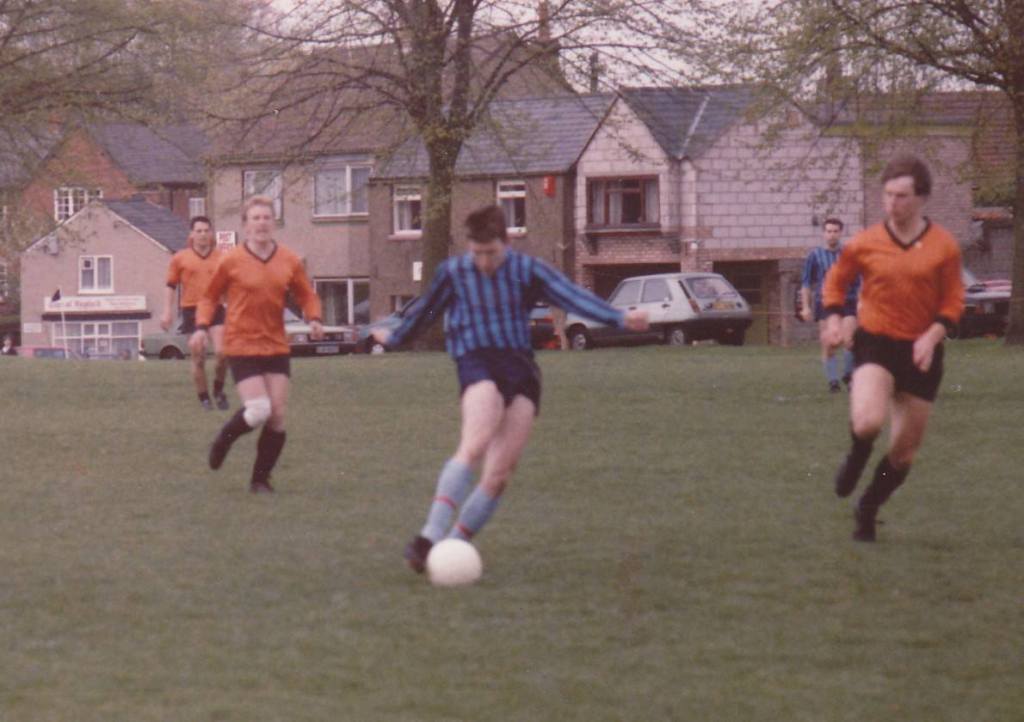
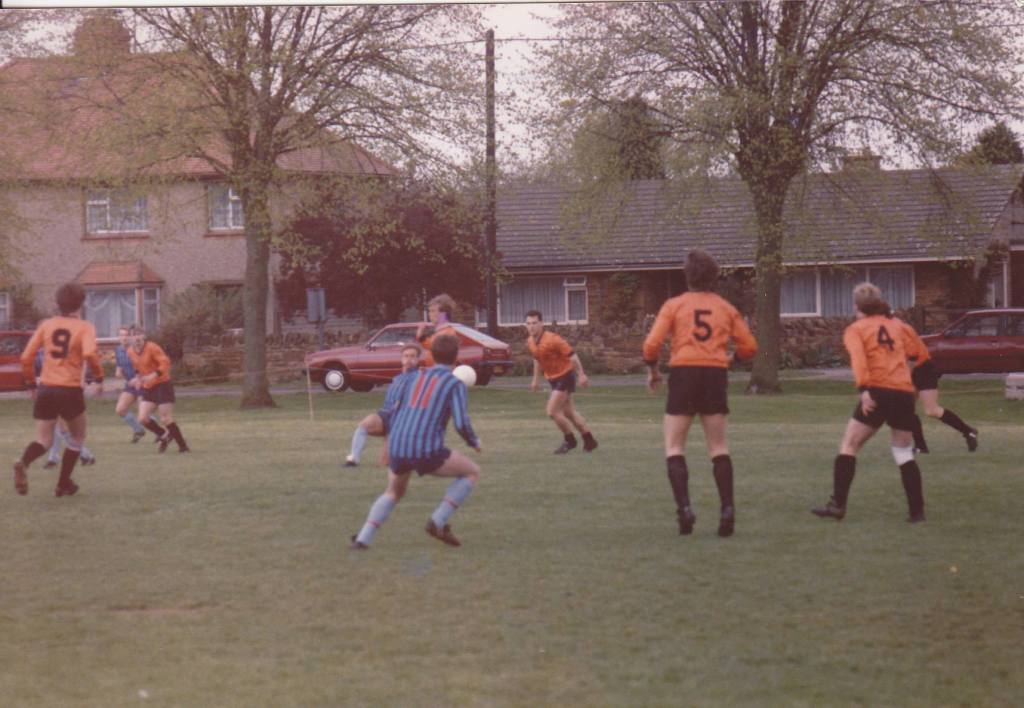

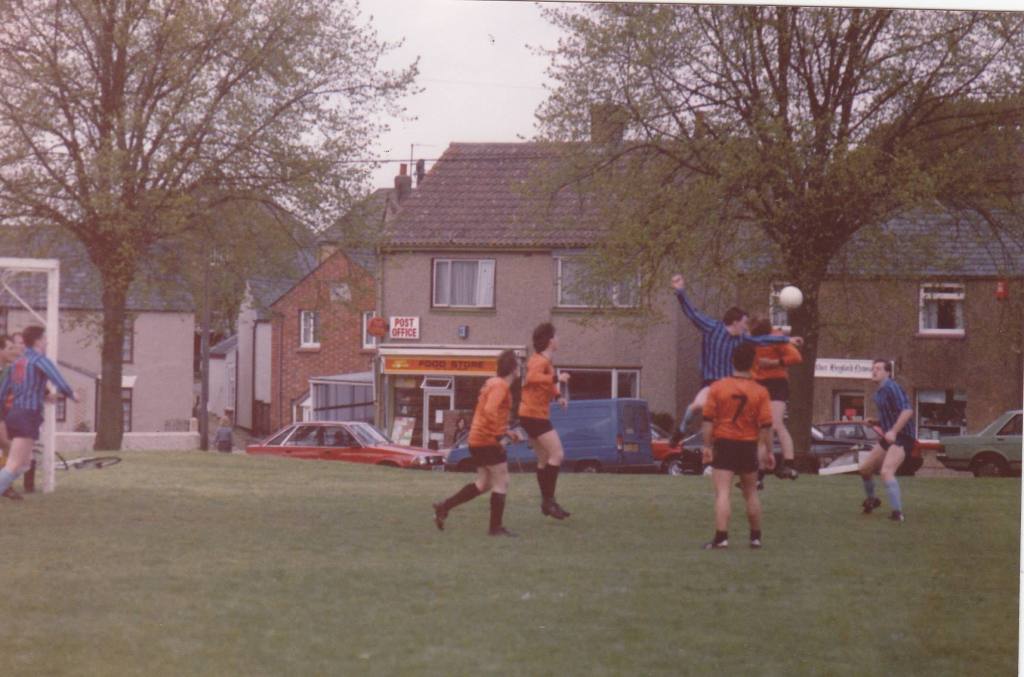
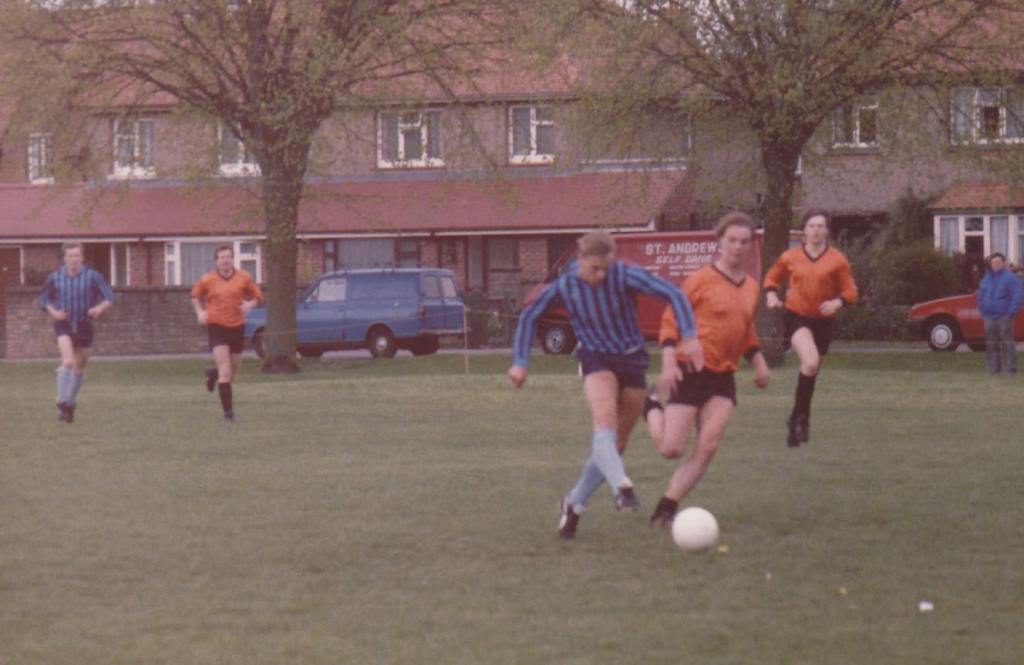



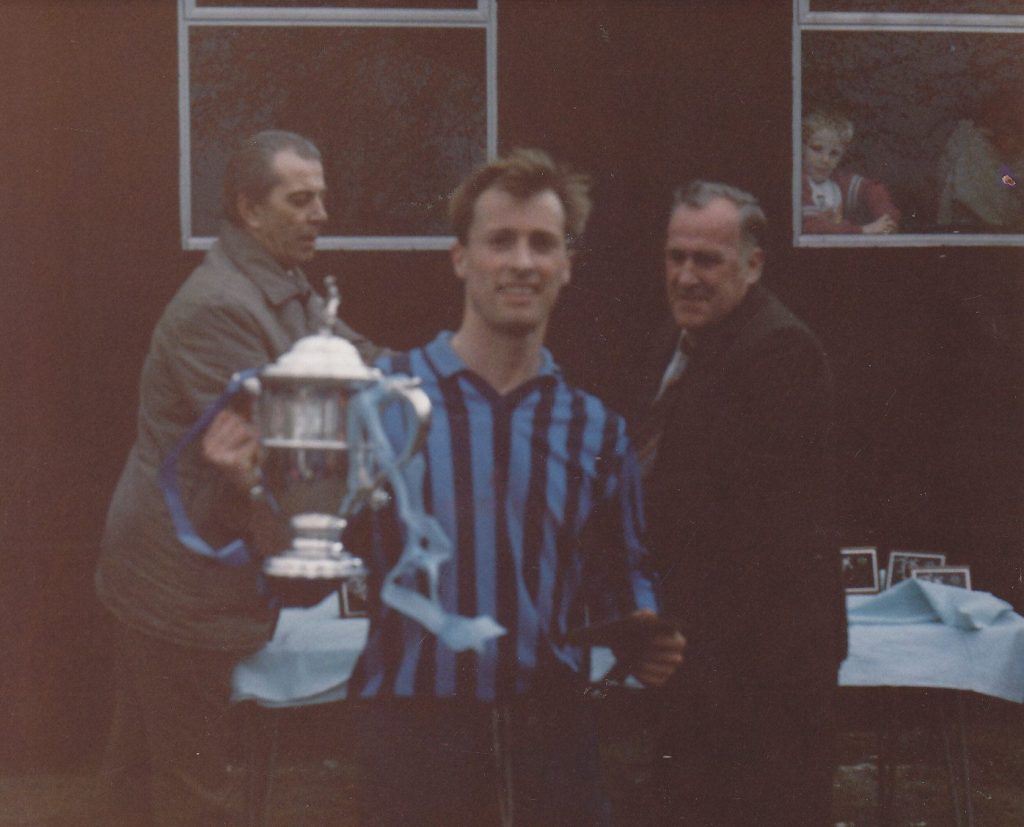
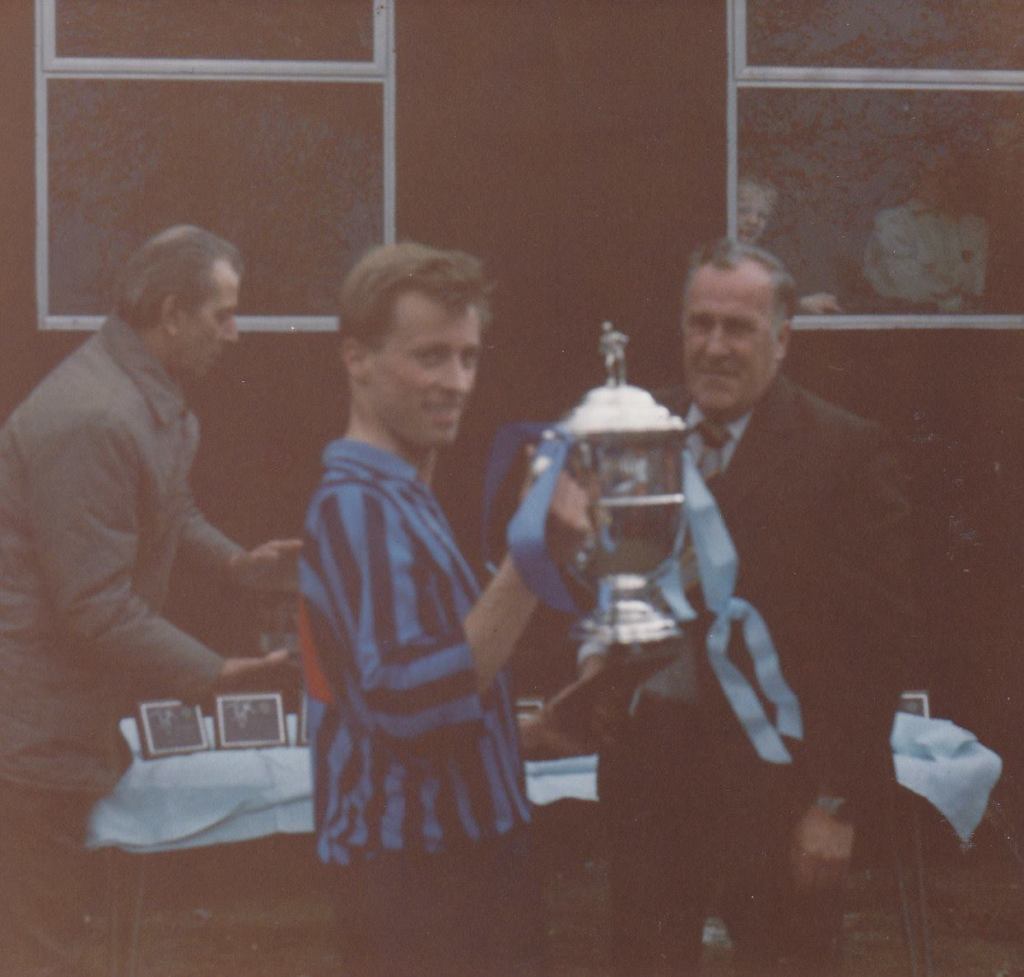
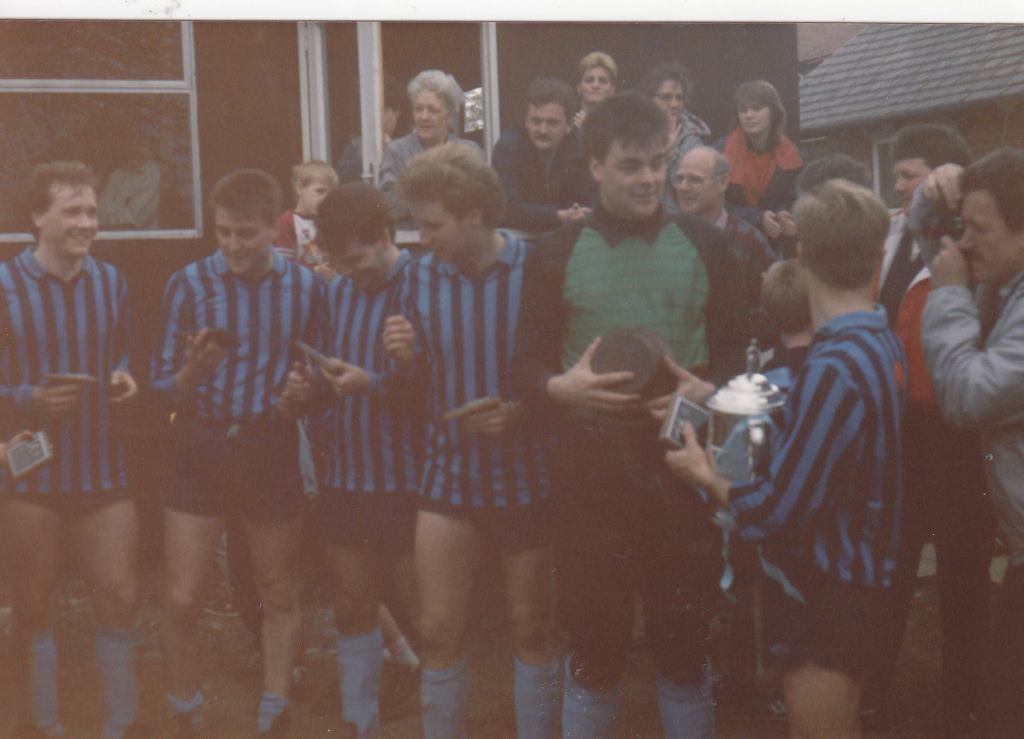
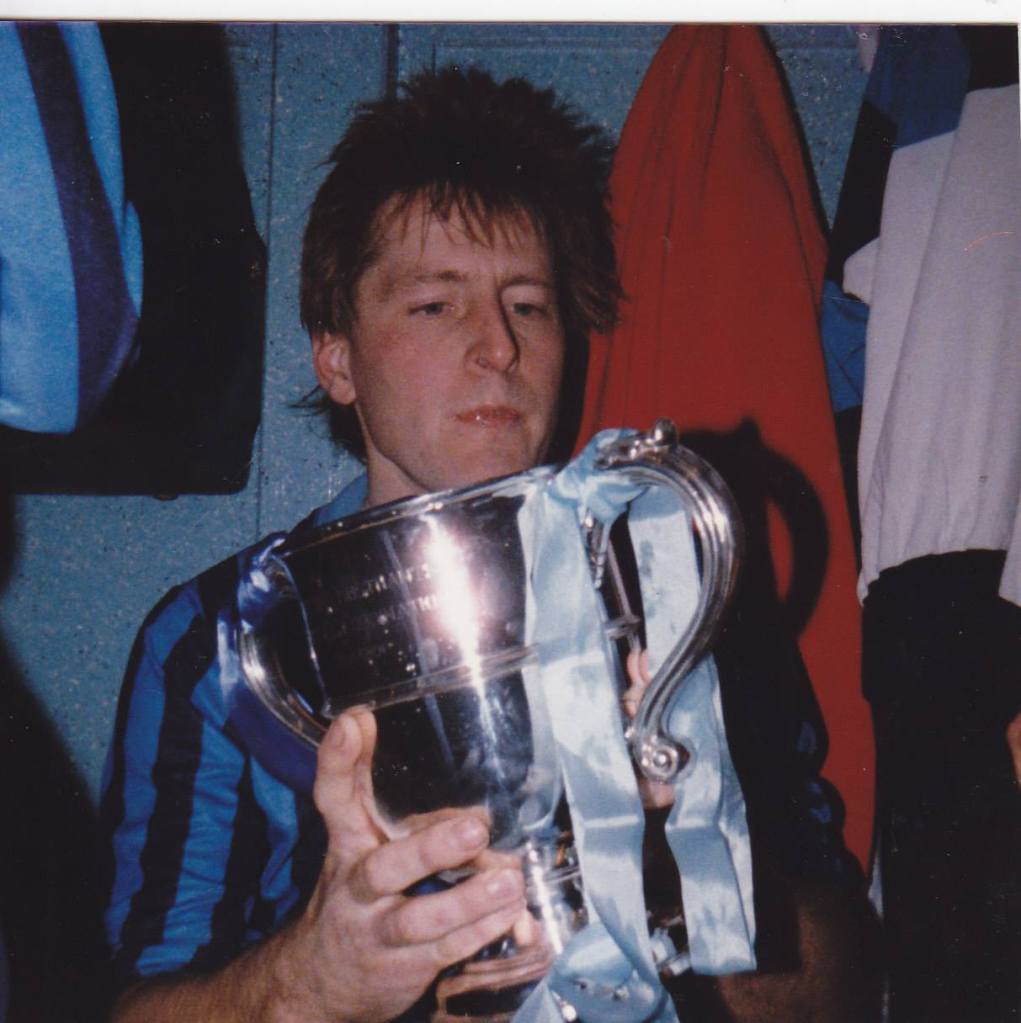
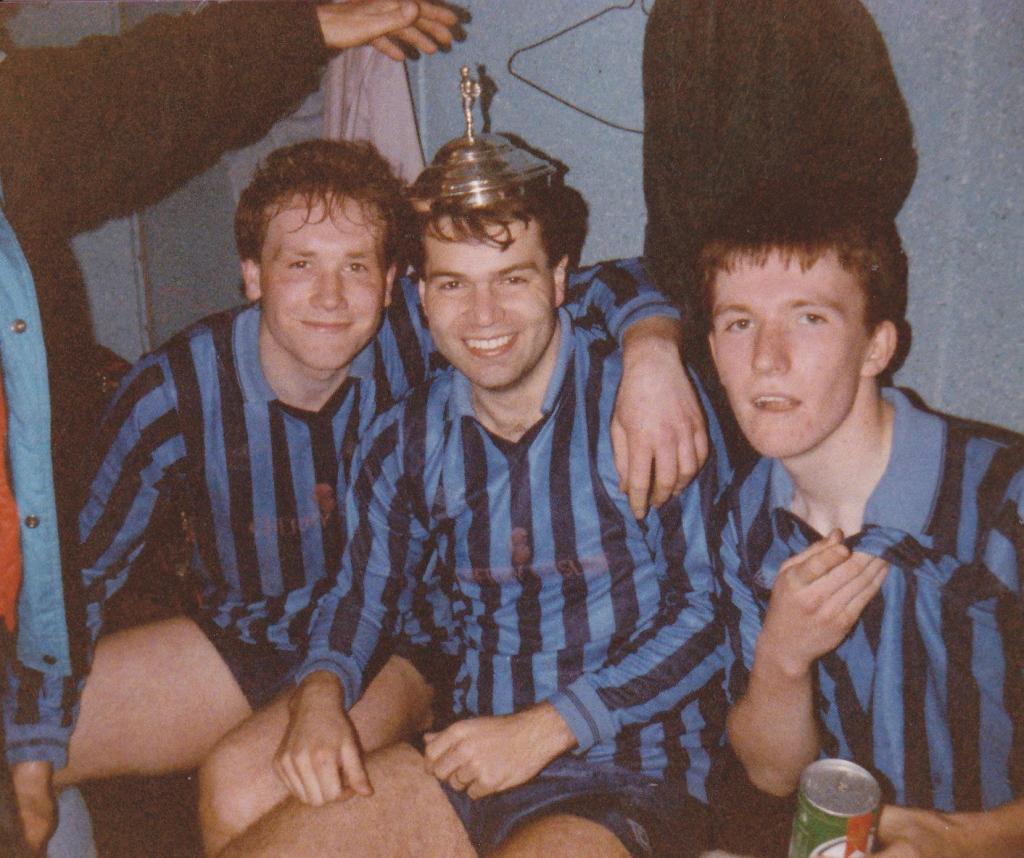


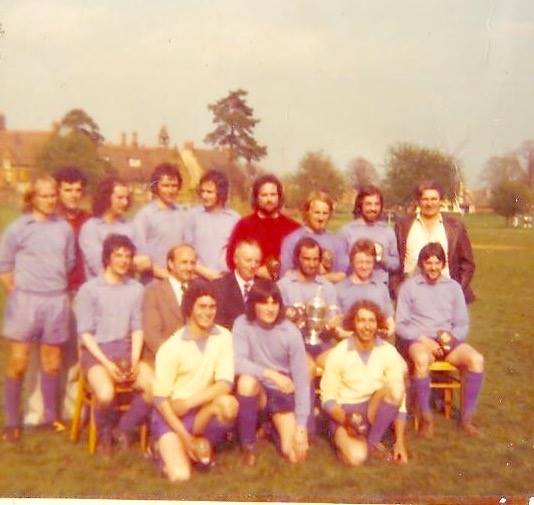





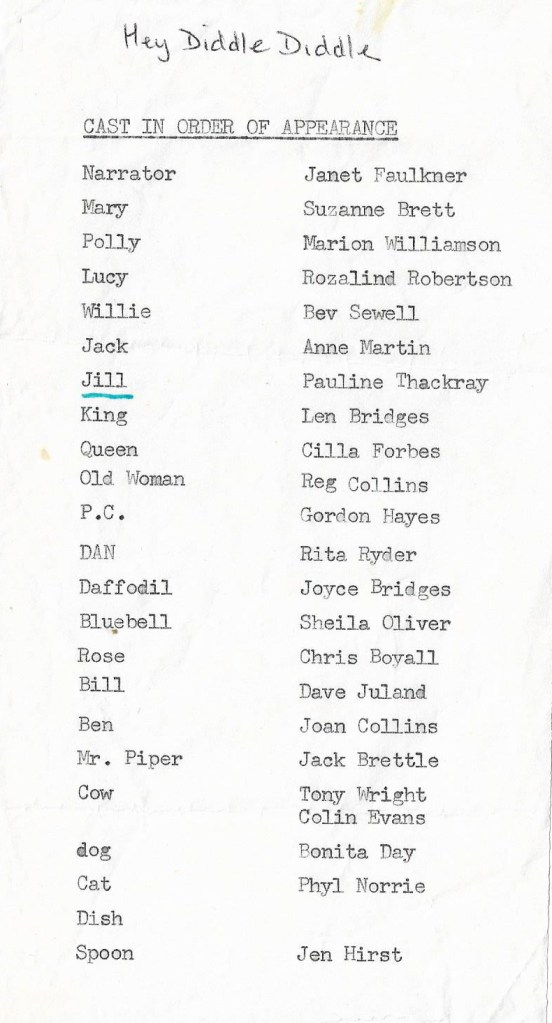
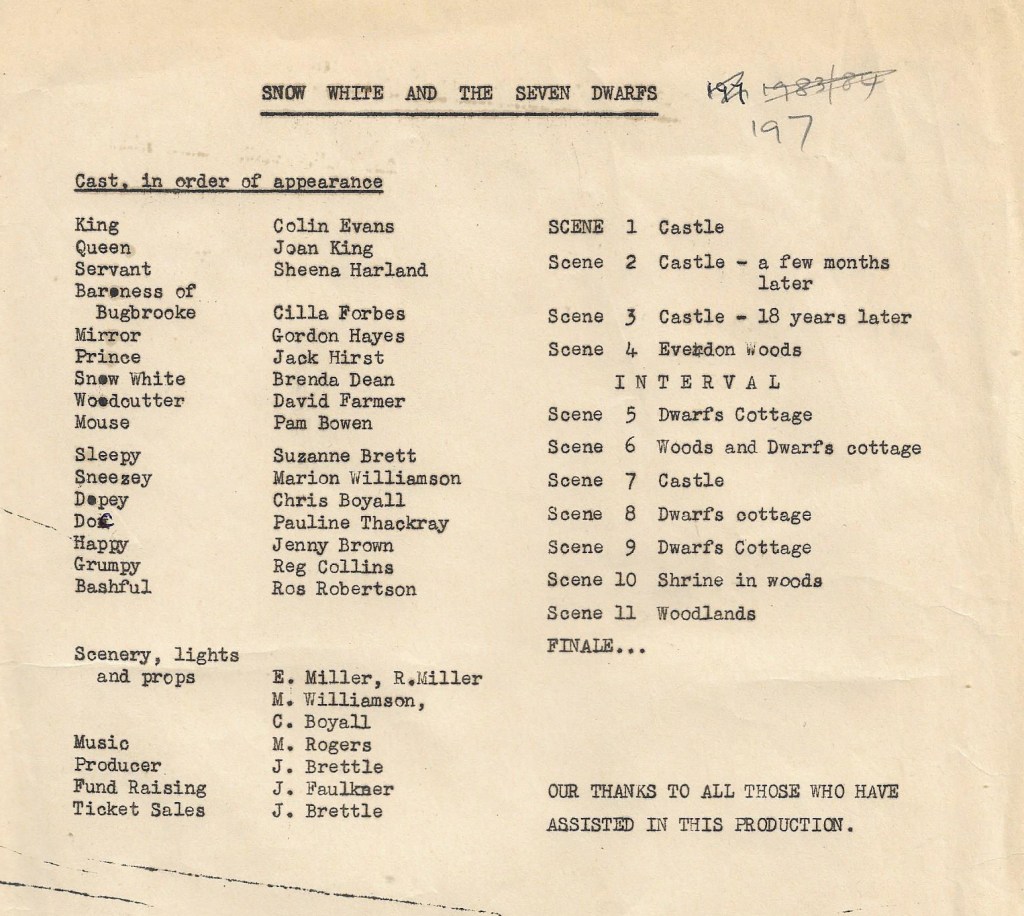

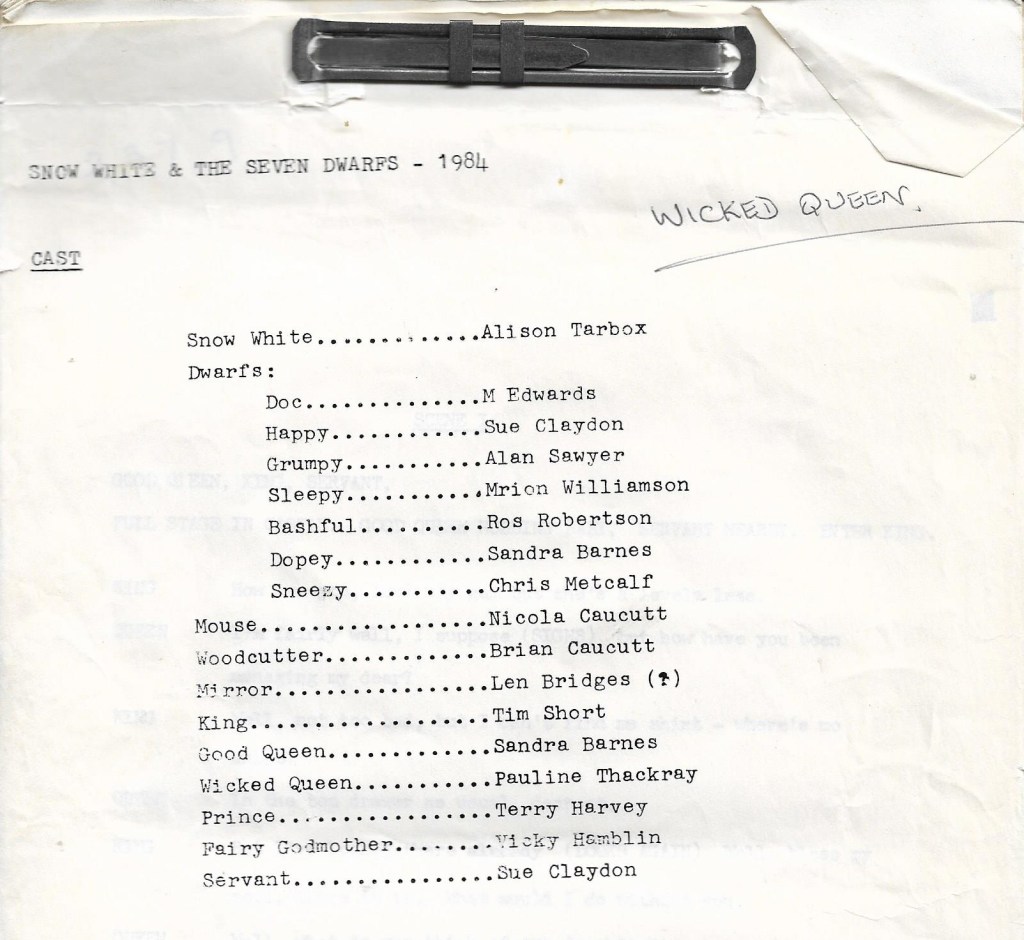

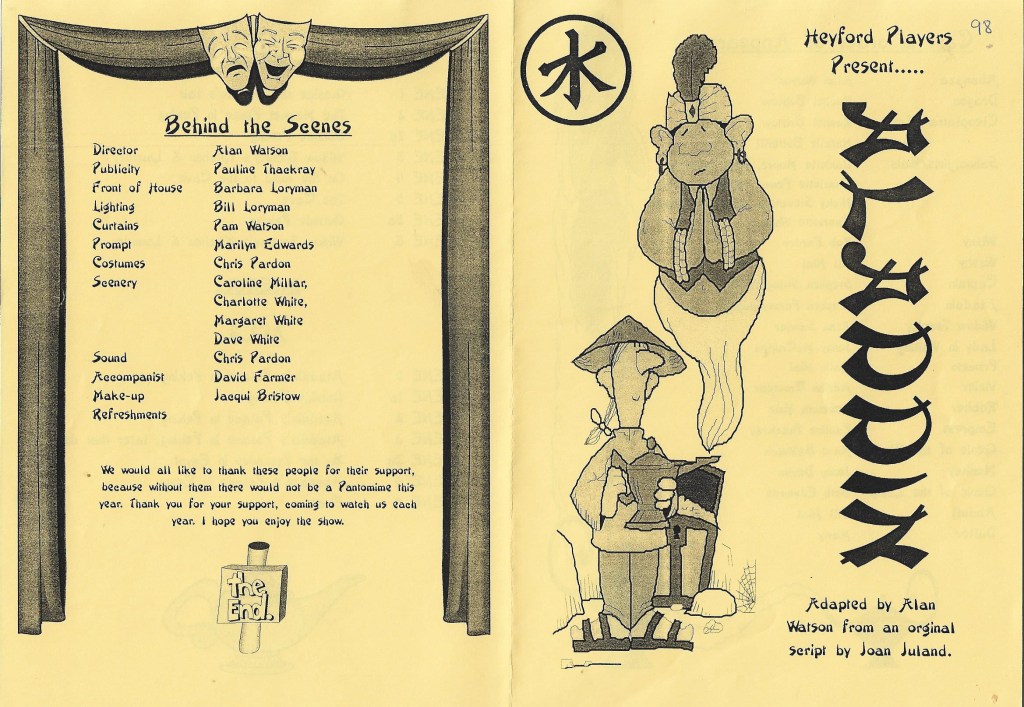

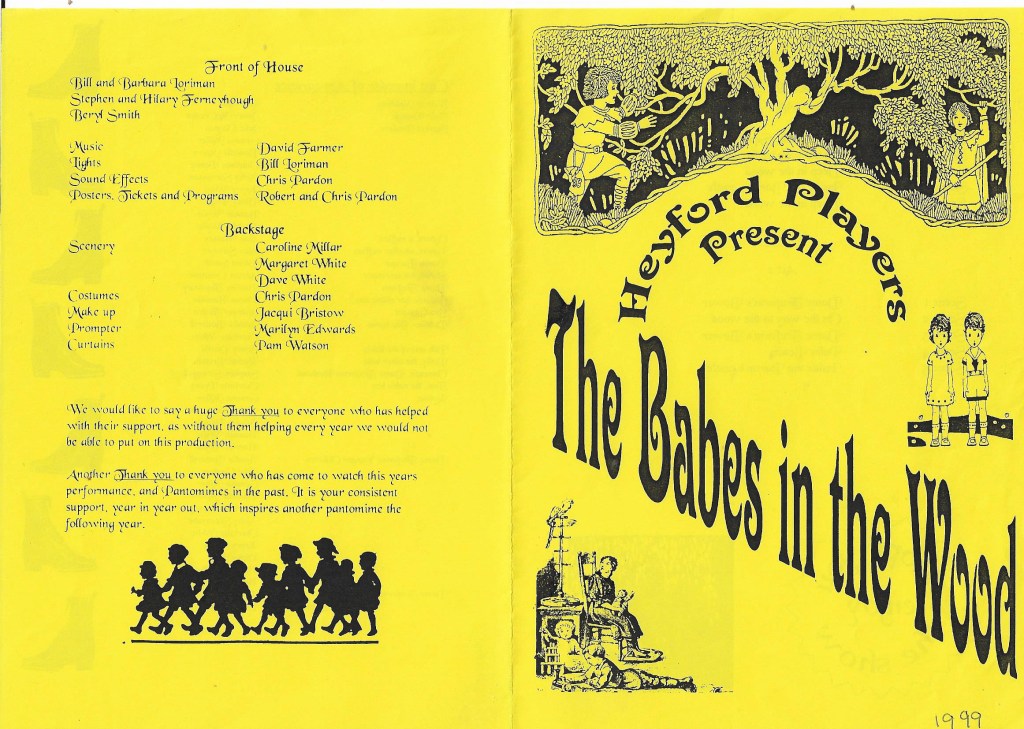

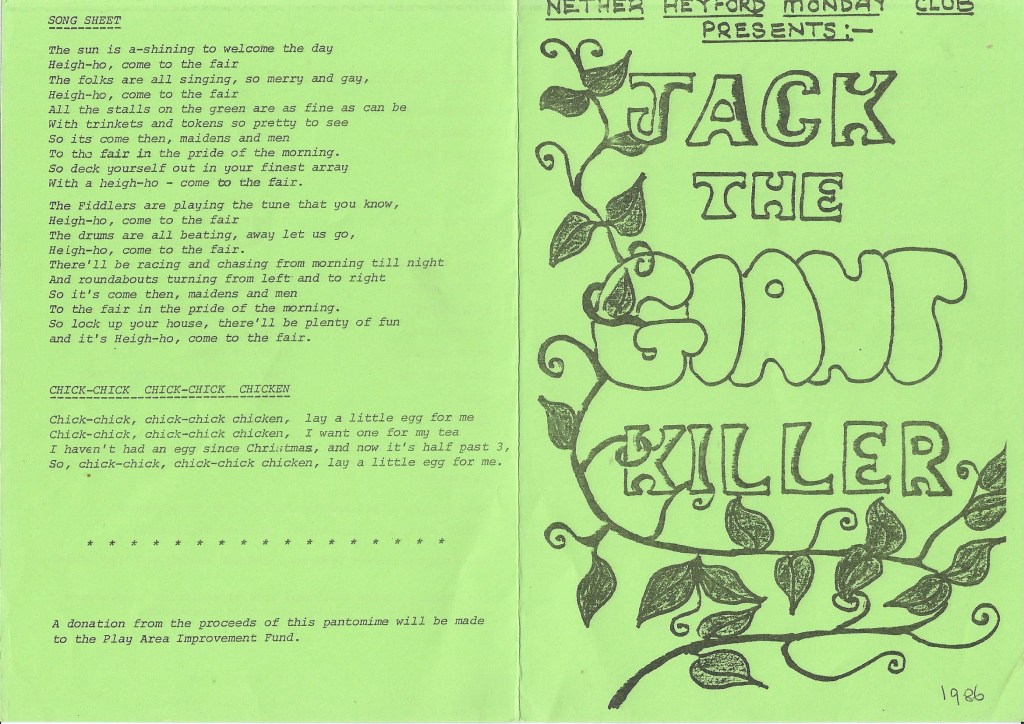




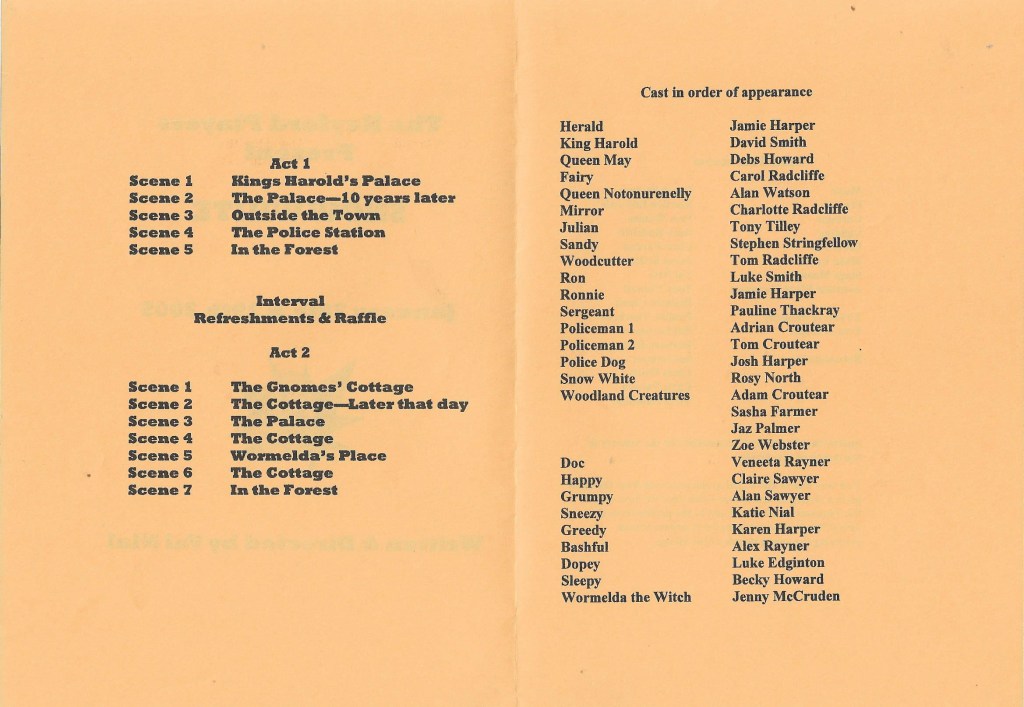
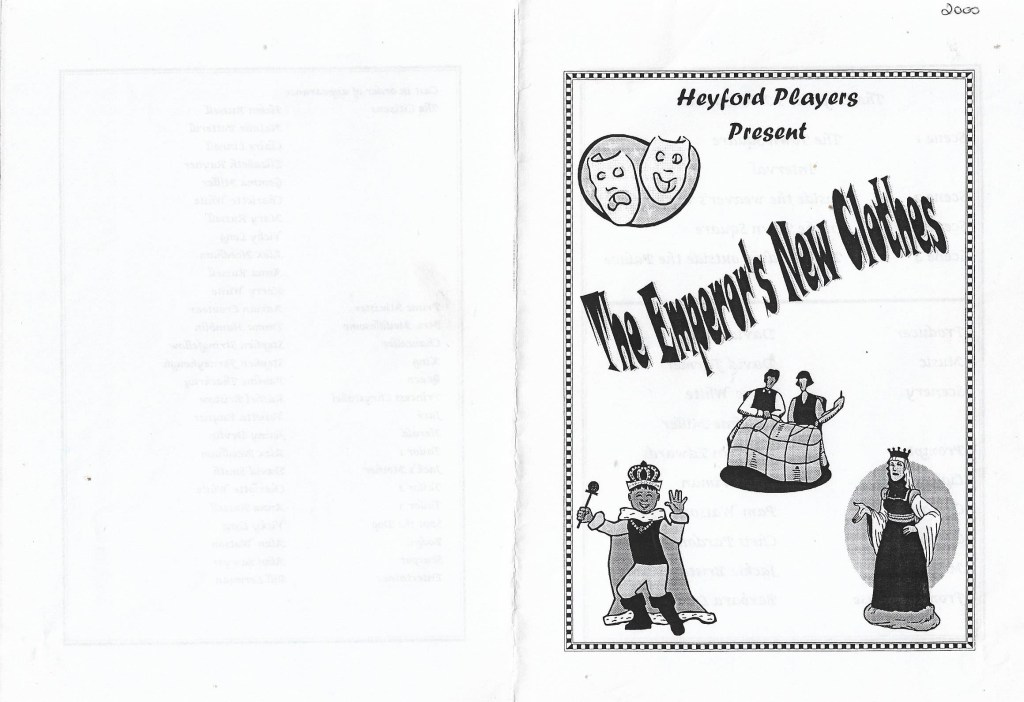
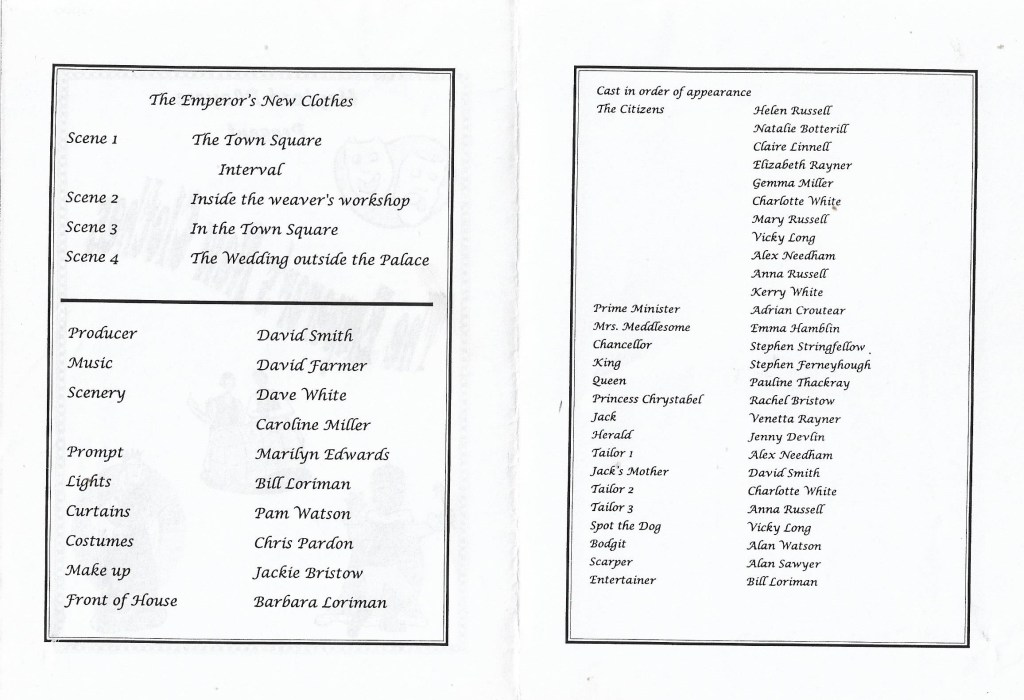

 The early years
The early years

